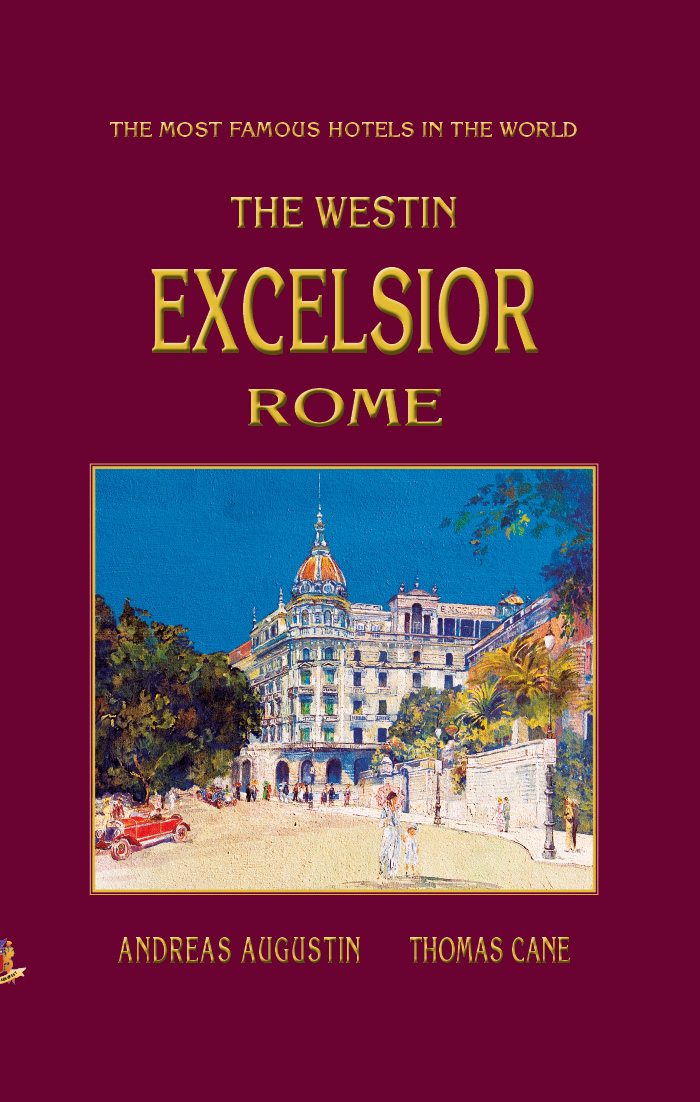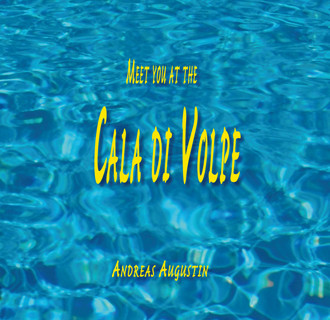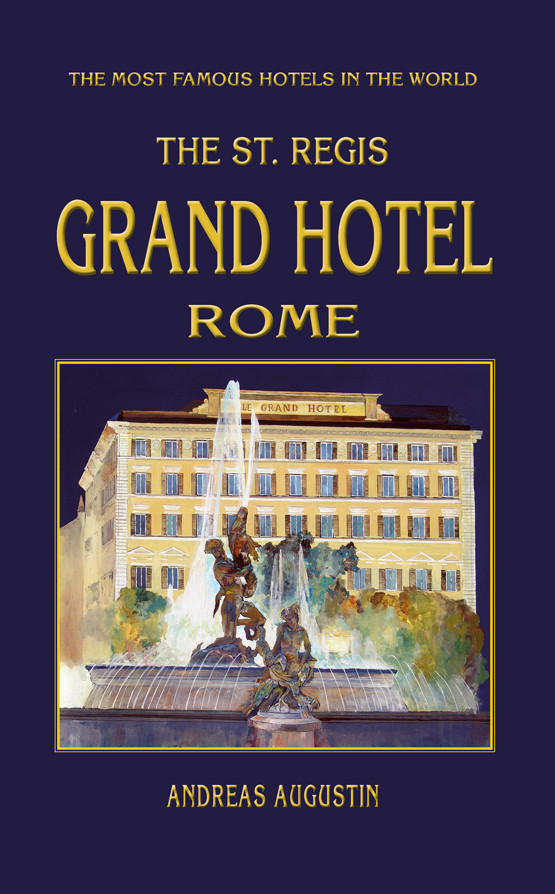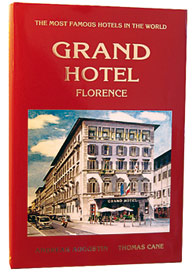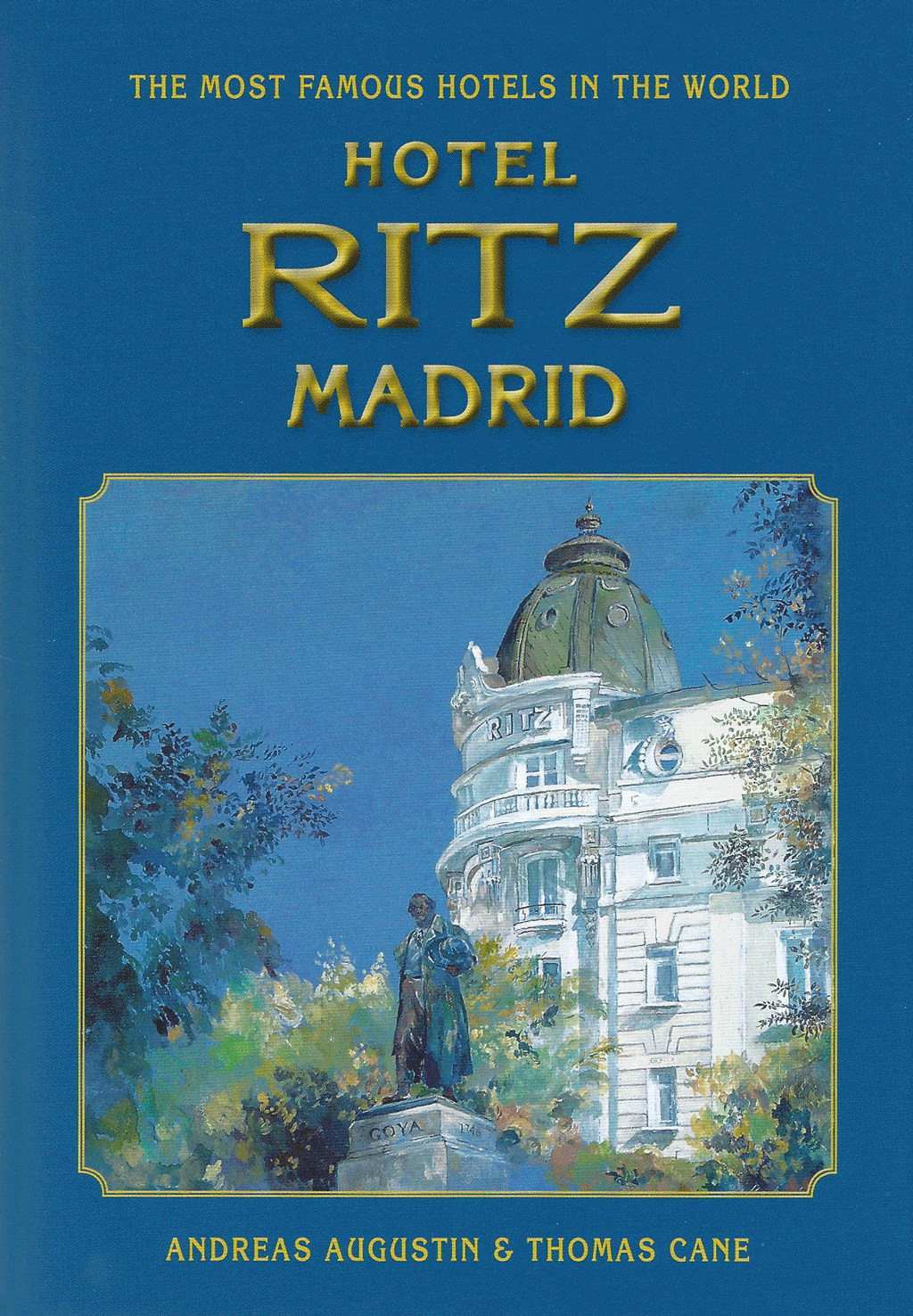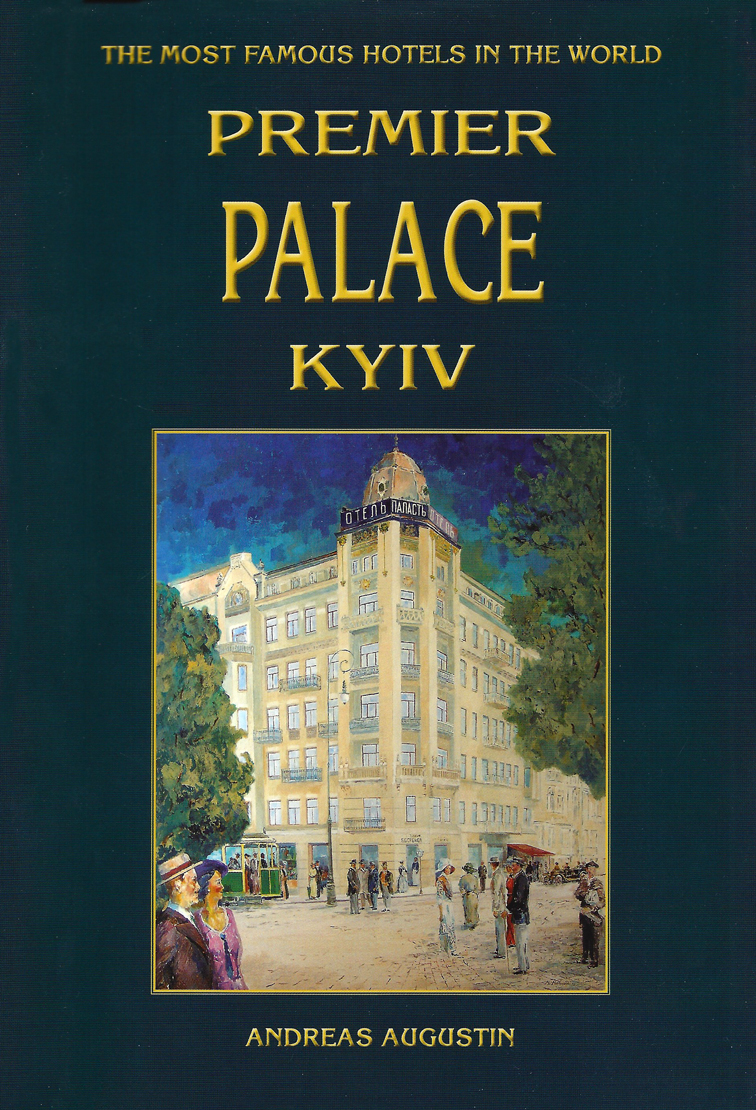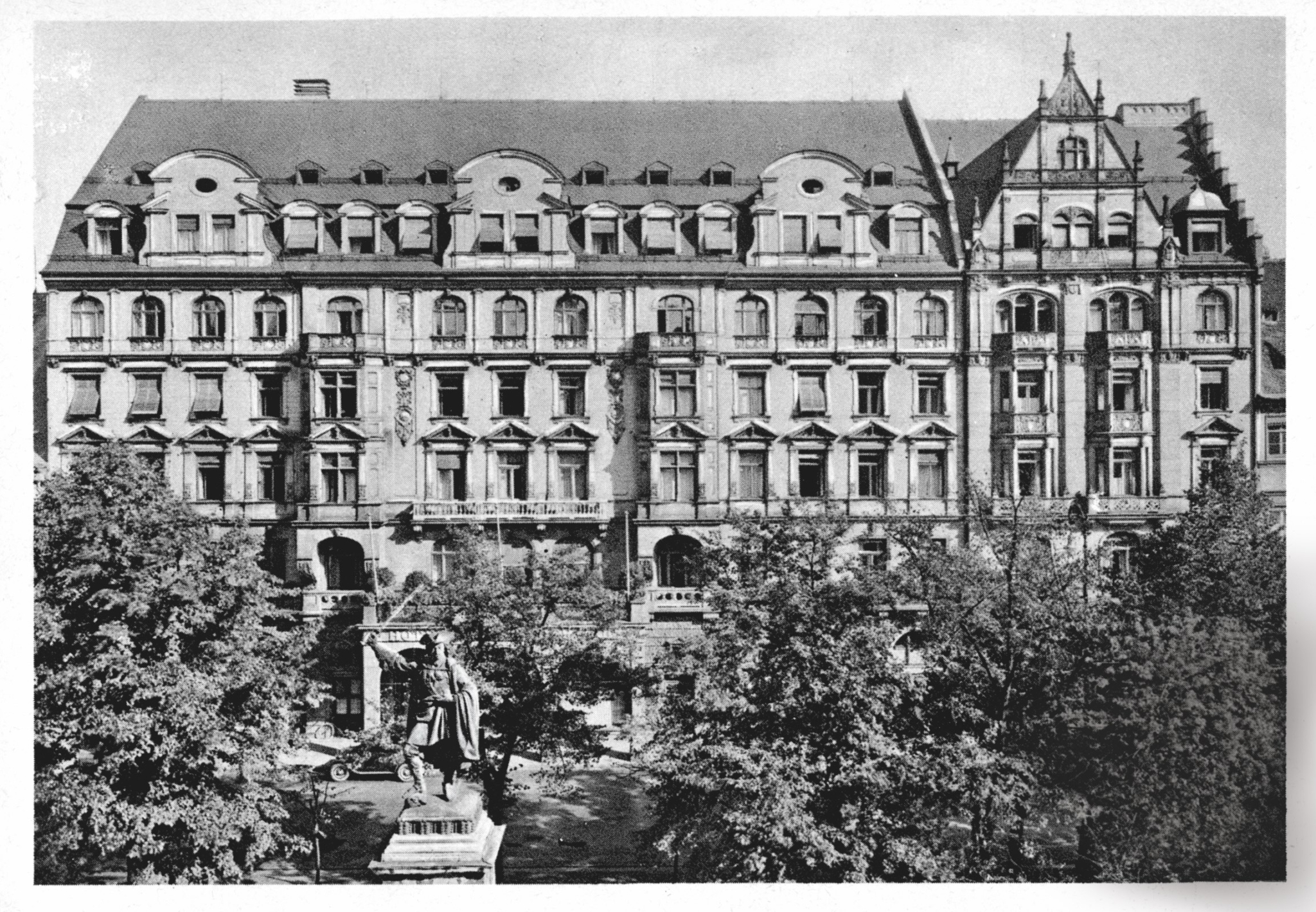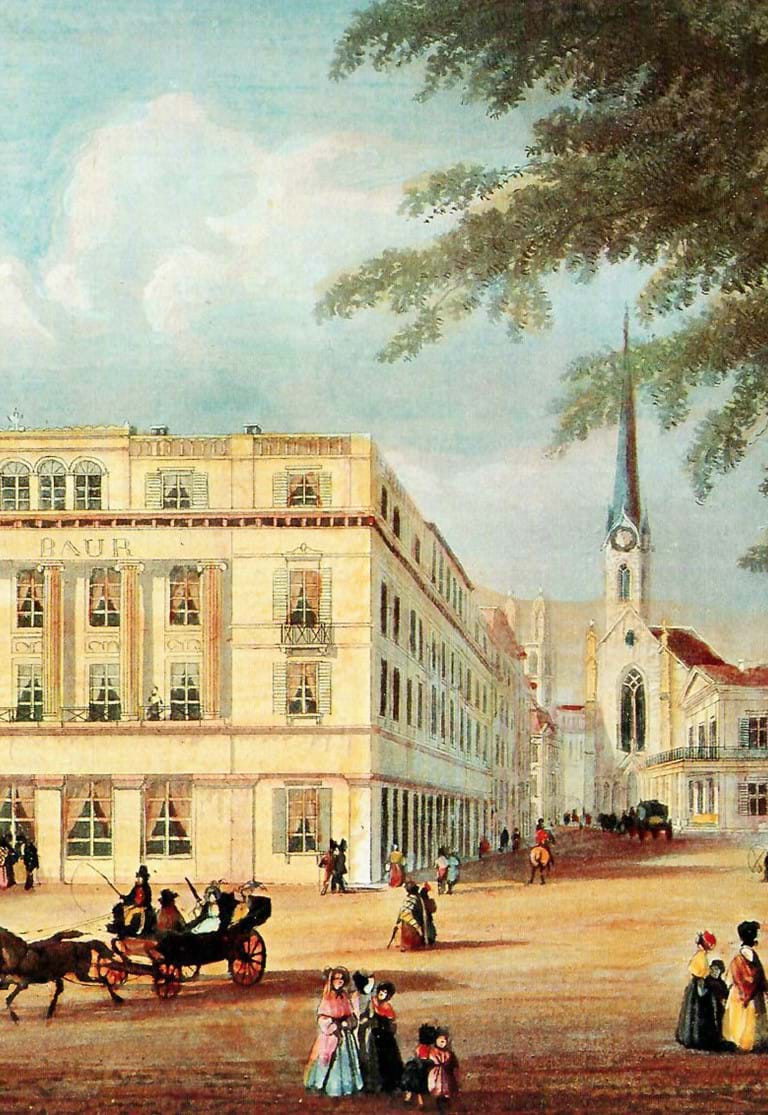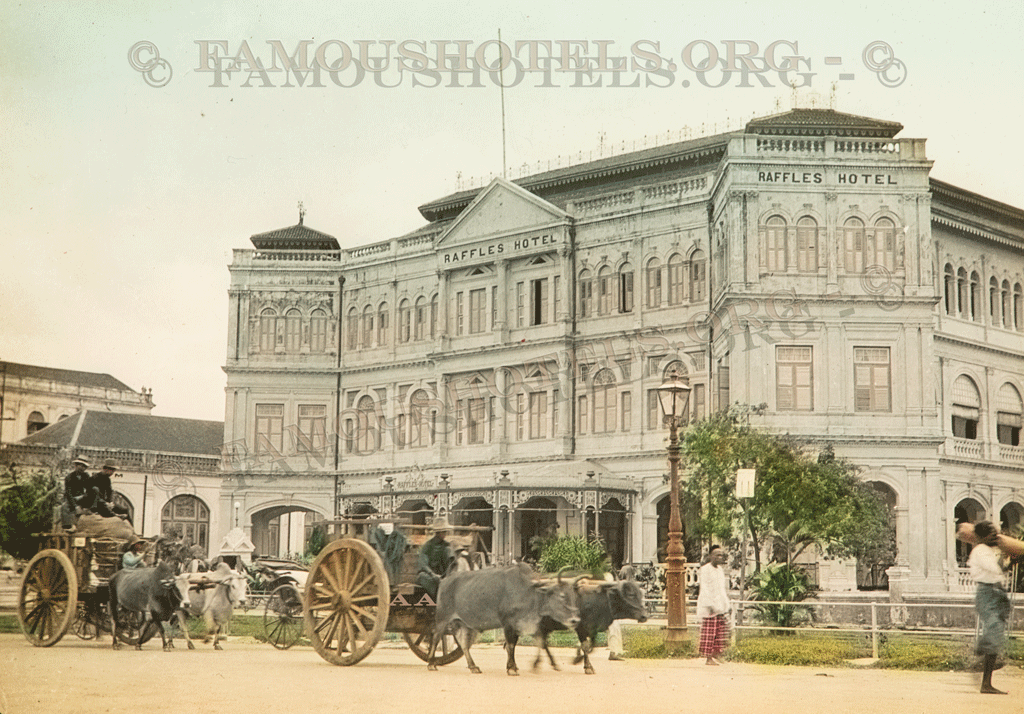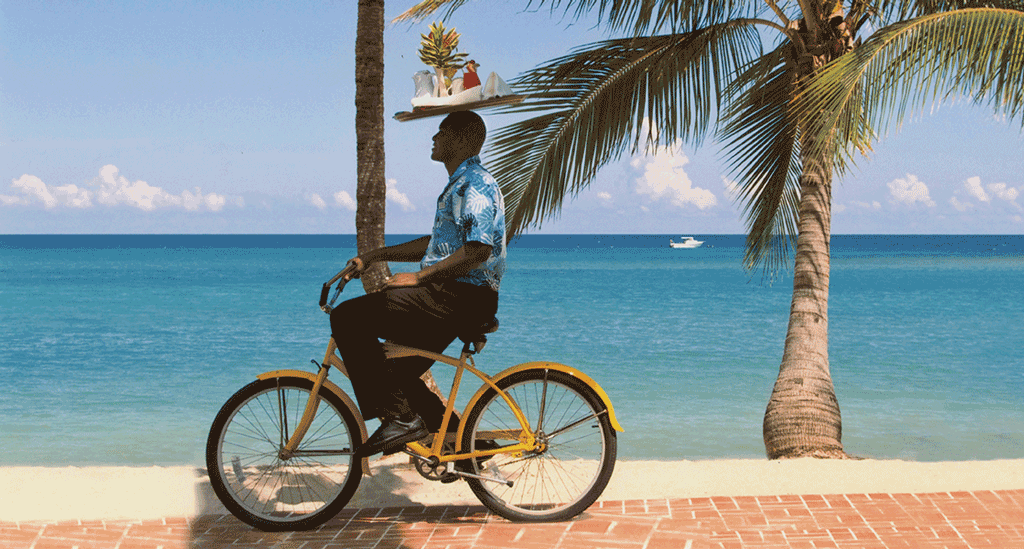Diana Majestic – Milan, Italy (English with Italian synopsis)
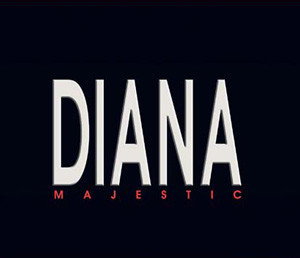
Author
Andreas & Carola Augustin
Pages
96
Photographs
Illustrations
Over 140 illustrations, contemporary and historical photos.
Leather-bound edition
No
Binding
Hardcover with dust jacket
ISBN
3-902118-12-1
Size/Weight
245 x 235 mm, 680 g
Also available in
English with Italian Synopsis
Related Hotel
Price: € 43.00
Add to cartDo you know Milan? The metropolis of fashion. The capital of publishing and television. The city where Leonardo da Vinci painted the Last Supper and drew sketches of helicopters in his spare time. The place where the Wiener Schnitzel – yes, with noodles – originates. Let me tell you a few more things I have found: Milano (Italian for Milan) is the capital of Milan province and of the Lombardy region (Lombardia). It is the leading financial centre, the most vital and the most prosperous manufacturing and industrious commercial city of Italy. And it is home to a charming hotel that we like to call our home in Milan. It is not as grand as the Grand Hotel, but a legend in its own right - and then there is this divine garden, I tell you, this garden . . .
In English, with Italian synopses.
Andreas Augustin
I boarded the overnight train 235 in Vienna at 7.29pm, and the next morning I found myself driving through the northern plains of Italy, south of the mighty Alps. I had passed through Venice after midnight, Romeo and Juliet's Verona in the morning, soon after the shores of Lake Garda greeted from a distance. At 8.50 I arrived at Milan Central Station, like a traveller a hundred years ago. The hotelier who had called me in this time was Valeriano Antonioli. I knew him from one of his previous posts in St. Petersburg, Russia. He was a clever and innovative man, a born Italian, married to a German. Later that night an English illustrator who lived in Milan would tell me: 'Milanese have this wonderful combination of Teutonic discipline with Italian exuberance'. Antonioli certainly fitted this description. It was his exuberance that virtually pulled me to the Diana: 'Nino Cerrutti is having a permanent suite in my hotel, Gucci's occupying the theatre next door, 1842 there was the first public swimming pool in Italy, the Diana was the first purpose built hotel in Milan, did I tell you that the Prada success story started in our attic, did you know that the hotel was and still is the home of the most famous fashion photographers of the world . . . ?' He certainly got me interested.
At the Diana I was greeted by Dionisio Gabaldo, the chief concierge. He is working there for 30 years, he knew everything and, more important, everybody. Over the next weeks he became my most important link to people connected to the Diana. Do you know Milan? The metropolis of fashion. The capital of publishing and television. The city where Leonardo da Vinci painted the Last Supper and drew sketches of helicopters in his spare time. The place where the Wiener Schnitzel – yes, with noodles – originates. Let me tell you a few more things I have found: Milano (Italian for Milan) is the capital of Milan province and of the Lombardy region (Lombardia). It is the leading financial centre, the most vital and the most prosperous manufacturing and industrious commercial city of Italy. Powerful factors support the argument that Milan should have become the capital of an unified Italy, and this is the belief of many Milanese, in spite of the fact that the unity of Italy in 1870 was actually born in Turin, rather than in Milan. When the Milanese assert that Milan is the moral capital of Italy they not only express the ancient regionalism typical of all Italy and known as Campanilismo (a reference to the church tower of each city) but they also refer to something intangible and yet authentic, for they are speaking of contributions in every field – economic, cultural, and ideological – that the city of Milan, in modern times, and particularly since the unification of Italy, has made to the Italian nation. By the end of the 19th century Milan has become the home to many Swiss and Germans. French writer Stendhal, one of the giants of culture, wished to proclaim himself 'Milanese' when Milan was the most European among Italian cities, but it was not strong enough to become the centre of Europe. It was not by chance that Milan expressed its ideological greatness in the person of a poet, Carlo Porta (1776-1821). Porta wrote in the Milanese dialect and in so doing risked obscurity, both in his own country and abroad; but he simply did it which coincided with the finest aspirations of his fellow citizens over the preceding century. Rome absorbed the values and language of a renascent Florence and integrated them throughout the centuries, as modern Rome demonstrates. In Rome, cinematography, which could never take root in Milan (in spite of numerous attempts) employs the mystery of the physiognomy and of the light of the city to recreate those classic elements, which, in Italy, may be called antique. This Milan could not provide. The majority of its intellectuals, writers, and artists, at least until the end of the post-World War II era, abandoned the city for Rome. Milan thus remained essentially an economic centre, succeeding, however – alone among Italian cities – in keeping alive an inquisitiveness and a spirit of polemic that involved not only these two cities but all the others in Italy as well. The increased importance of the mass media in Italy, particularly of the Milan-based television networks and publishing circles, has favoured the Milanese perspective.
Over the past decades, another global factor has been established: fashion. As fashion is reinventing itself every day, Milan has – together with its prosaic appeal – the appearance of a young and sexy city. On the next pages I invite you to accompany me on a short trip through the history of Milan. It will help us to better understand the complex present of this marvellous city, which has such a modern drive and yet so much romance. Like, by the way, the hotel Diana Majestic.
THE STORY OF THE DIANA MAJESTIC IN MILAN
This is name-dropping as good as it gets. STARRING in this book are Aguggini Alberini ALDEN Anggun antimiano ANTONIOLI Arbore ARDILES Argento ATTILA the hun AUGUSTUS Avesani Bacioch Badoni Baglioni Bailey BARALE Barbarossa Barocco BARROTT Bart BAXTOR beccaria Beene BELLOTTI benedetti Bertelli Bertett BIANCO Bigazzi Bisang Boldrini Bonaparte Borgoni BOSÉ BOSS Bresson Britti Bugat Buonassisi Burkhardt Buzzati Traverso Camona Campagnani Campbell Capelaria Cappadona Carboni Carrera Cartier-Bresson CASPANELLO Cecchi Cegani Cerutti Chaplin charlemagne Chiambretti Chiodi CIGA CIMBRO Citterio Clark COIN CONSTANTINE COPPOLA Coriat CORSI Coveri Cremonini Cuccarini da Antimiano da Vinci DALL’AQUA Dandini D’ARBY De Benedetti De Finetti De Mille De Palo De Predis De Sio Della Schiava Delon Di Centa di Modrone diLiberto diocletian Donà dalle Rose Ehon Eugene of Savoy Evangelista Fabrizio Fallai Fede Ferri Feurer Fiacchini Fontana Fossati Franchi Franci GABALDO Galimberti Gallmann Gian Luigi Ponti Gili Giò Ponti Glaviano Gucci Guzzanti Hall Hamnet Hapsburg Hickman HOT Hucknall Ingegnoli Ivanisevic Jones Kounellis Krier Lapierre Lategan LOFT DESIGN louis xii Magni Mancino Manfredini Mannoia Mariani MASINI Matia Bazar Mazzocchi Bastoni McDonald Medvedev MIGLIORE Mignini Minogue Missoni Mondadori Morandi Moschino Moser MUMM Mussolini Muti NANNA Nava Ndour Nerozzi Neviani Newton Nielsen Nicolodi Omaggio Orfei Orvieto Pagani Paoloantoni Passante Peef Pelu PERONI Petacci Pezzi PIAGGI Piero Pillitteri Piras porTA POZZI Prada PUOVIC Purmarini Quilici Radetzky RAF RAGNI Reggiani Reich Castiglioni Reifo Repossi Richter Riefoli Rijkaard Rome RONALDO Rosolino Rosselini Rosset Rossi Ruffo RUGGERI Rugieri Safin Samsonite Scaparro SCHÖNHUBER FRANCHI Sforza Sheraton Shevchenko Simple Mind Simply Red Sinclair SONY Spaak spatz Spandau Ballet Starwood Tatu Testino Thaws The Black Crows Todrani Tommasi Torriani Tozzi Valle Venturi Verdi verri Vergani Victor Emmanuel II VIERI VIGITELLO VIGOTTI Villani Visconti Vitaloni Wickrath Yoice Zammaretti Zero A BOOK BY ANDREAS AND CAROLA AUGUSTIN www.famoushotels.org
Andreas and Carola Augustin present:
Hotel Diana Majestic Milan
We would like to thank Valeriano Antonioli, general manager of the hotel, who was the driving force behind this project.
Stephen Alden, at the time VP and Area Director Italy & Malta, triggered off this extensive history project for historic Starwood Hotels in Italy.
Giuliano Corsi, area manager for northern Italy, supported it wholehearted.
We are particular indebted to all former and current members of the staff, who contributed so generously to this book, especially to Sara Migliore, Francesca Dall’Aqua, Giovanna Caspanello, Linda Puovic, Paolo Pozzi. Special thanks to Flavio Uliana and Dionisio Gabaldo, who, whith their teams, run one of the best front desks of the world.
We also like to thank Nino Cerruti for inspiring words, Gian-Marco Venturi for his time and memories, Marco Glaviano, Rocco Mancino for all his efforts and help, Felice Nannia, Fabio Vigitello, Marco Ragni, Matteo Vigotti, Mark Barrott, Diletta Mignini, Franco Giannazza and all the others who helped to shape this book and who are not mentioned here by name.
Photographs: Civico Archivo Fotografico, Famous Hotels Main Archive, Joplin Sinclair, Jaime Ardiles-Arce
Music: Futureloopfoundation.com Mark Barrott
Assistence in research&transllations: Sofia Reich Castiglioni, Daniel Szelényi
Please note: The management of the hotel decided to accept historcal facts rather than false legends and traditionally distributed myths.
Design Ramazotti Michelangelo
© copyright The Most Famous Hotels in the World.

